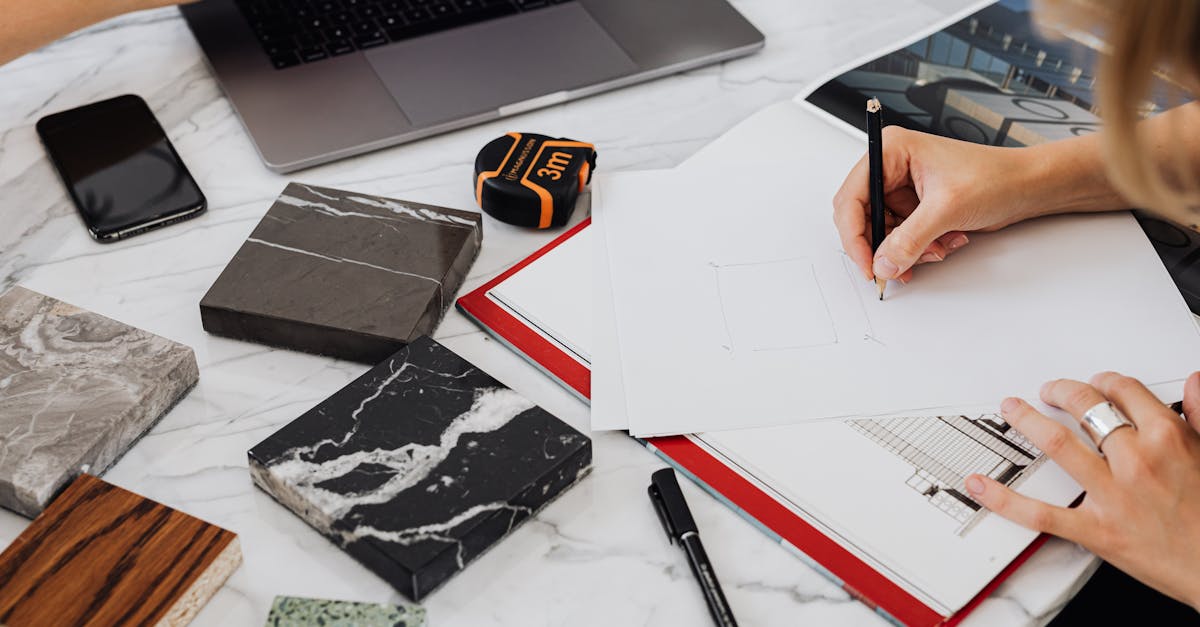- Home
- Articles
- Architectural Portfolio
- Architectral Presentation
- Inspirational Stories
- Architecture News
- Visualization
- BIM Industry
- Facade Design
- Parametric Design
- Career
- Landscape Architecture
- Construction
- Artificial Intelligence
- Sketching
- Design Softwares
- Diagrams
- Writing
- Architectural Tips
- Sustainability
- Courses
- Concept
- Technology
- History & Heritage
- Future of Architecture
- Guides & How-To
- Art & Culture
- Projects
- Interior Design
- Competitions
- Jobs
- Store
- Tools
- More
- Home
- Articles
- Architectural Portfolio
- Architectral Presentation
- Inspirational Stories
- Architecture News
- Visualization
- BIM Industry
- Facade Design
- Parametric Design
- Career
- Landscape Architecture
- Construction
- Artificial Intelligence
- Sketching
- Design Softwares
- Diagrams
- Writing
- Architectural Tips
- Sustainability
- Courses
- Concept
- Technology
- History & Heritage
- Future of Architecture
- Guides & How-To
- Art & Culture
- Projects
- Interior Design
- Competitions
- Jobs
- Store
- Tools
- More
Bending Sheet Metal: Tips And Techniques With A Brake

Bending sheet metal is a vital process in numerous manufacturing and DIY projects. It involves shaping sheet metal into desired forms using a device called a brake.
This process is crucial for creating precise bends and angles, essential in automotive, aerospace, construction, and many other industries.

Photo by Ricardo Gomez Angel on Unsplash
Understanding the techniques and tips for effective bending, as well as the necessary equipment, is pivotal for achieving desired outcomes.
The right tools and knowledge can significantly enhance the efficiency and quality of metal bending projects.
Table of Contents
ToggleNecessary Equipment For Bending Sheet Metal
The success of bending sheet metal largely hinges on the use of appropriate equipment. A sheet metal brake is the cornerstone of this process.
This tool allows for precise and clean bends, creating various angles and shapes. The types of brakes range from simple hand-operated tools to complex, programmable machinery.
The choice of brake depends on the project’s complexity, the metal’s thickness, and the precision required.
Various accessories enhance the functionality of these brakes, making them more versatile and efficient.
Finding Sheet Metal Brake Accessories
Finding the right accessories for your sheet metal brake is crucial in optimizing its performance.
Common accessories include back gauges for consistent bending lengths, angle finders for precision, and various types of fingers for different bend profiles.
High-quality dies and punches are also essential for achieving clean, sharp bends.
When selecting accessories, consider the material thickness and type you’ll be working with, as some accessories are better suited for specific materials.
Moreover, compatibility with your brake model is vital. You can find these accessories at specialized metalworking supply stores or online marketplaces.
Always prioritize quality and compatibility to ensure the best results for your bending projects.
Moreover, incorporating advanced techniques like united states based investment casting can further enhance the precision and durability of the sheet metal components.
Other Essential Tools
Beyond the brake and its accessories, other tools are crucial for effective sheet metal bending.
These include measuring tools like calipers and angle finders for precise measurement and layout.
Clamps and vices are necessary to securely hold the metal in place during bending.
Safety gear, such as gloves and goggles, is essential to protect against sharp edges and flying debris.
Finally, having a good selection of hammers and mallets allows for manual adjustments and corrections, adding a layer of finesse to the bending process.
These tools, combined with the right technique, ensure a high-quality outcome for any sheet metal bending project.
Techniques For Effective Bending
Mastering the techniques for bending sheet metal is as crucial as having the right equipment.
Key aspects include understanding metal properties, such as thickness, type, and grain direction, which influence the bending process.
Before starting, always mark precise bending lines on the metal for accuracy. When using the brake, apply consistent pressure to ensure an even bend.
Adjusting the brake’s settings according to the metal type and desired angle is vital.
Practice makes perfect; experimenting with scrap metal can help you get a feel for the process and refine your technique.
Remember, safety should always be a priority, so wear appropriate protective gear and follow safety guidelines while operating the brake and handling sheet metal. With patience and practice, you can achieve precise and clean bends every time.
Advanced Techniques And Troubleshooting
As you progress in bending sheet metal, exploring advanced techniques and understanding common issues can greatly enhance your skill set.
These advanced methods cater to more complex designs and precision requirements, while troubleshooting knowledge helps in rectifying common bending problems.
Integrating these techniques into your practice elevates the quality of your work and enables you to tackle a broader range of projects.
Implementing Precision Bends
Precision is key in sheet metal bending, especially for intricate designs or where exact angles are critical.
To achieve this, use digital angle gauges and precision back gauges for accurate measurements.
Implementing a ‘step bending’ technique, where a long bend is achieved through a series of smaller bends, can also enhance accuracy.
For repetitive tasks, consider using programmable brakes which allow for consistent and precise bends every time.
Always double-check your measurements and make slight adjustments as needed.
Addressing Springback
‘Springback’ – the tendency of metal to partially return to its original form after bending – is a common challenge.
The extent of springback depends on the material’s type and thickness.
To counter this, over-bending the material slightly beyond the desired angle can compensate for this natural tendency.
It’s important to understand the properties of different metals; softer metals like aluminum exhibit more springback than stiffer metals like steel.
Resolving Common Bending Issues
Common issues like inaccurate bends, surface damage, and uneven angles often arise during sheet metal bending.
Using the correct type of die and maintaining sharp tooling can prevent surface damage.
For inaccurate bends, recalibrating the brake and ensuring the material is properly aligned before bending is key.
If uneven angles occur, check for wear and tear in the brake’s components and ensure that the material is uniformly supported throughout the bending process.
Regular maintenance of your brake and its accessories is crucial for preventing many of these issues.
Final Remarks
Bending sheet metal with a brake is a skill that combines the right equipment, proper techniques, and an understanding of the material you are working with.
From choosing the appropriate brake and its accessories to mastering both basic and advanced bending techniques, each step is crucial in achieving precise and high-quality results.
Remember, precision in measurement and alignment plays a vital role, as does the understanding of how different metals respond to bending processes.
Troubleshooting common issues like springback and inaccurate bends is part of the learning curve, and addressing these challenges effectively enhances your craftsmanship.
Regular practice and experimentation, along with a deep understanding of the tools and materials, are the cornerstones of success in sheet metal bending.
It’s also important to stay updated with new techniques and technologies in the field, as these can significantly improve efficiency and quality. Safety, of course, should always be a top priority.
Whether you are a professional working on large-scale projects or a hobbyist engaged in DIY ventures, the art of bending sheet metal with a brake offers a blend of technical skill and creative expression.
With patience, practice, and attention to detail, you can master this craft and expand your capabilities in metalworking.
illustrarch is your daily dose of architecture. Leading community designed for all lovers of illustration and #drawing.
Submit your architectural projects
Follow these steps for submission your project. Submission FormLatest Posts
Understanding Section Drawings in Architecture: A Practical Guide
Learn section drawings in architecture: what they are, types, symbols, lineweights, and...
Understanding the Architecture Design Process: Key Stages, Tools, and Future Trends
Explore the intricate architecture design process, where creativity meets functionality to craft...
Discover How to Find Architectural Inspiration: Tips for Creative Design
Discover how to ignite your architectural creativity by drawing inspiration from your...
5 Essential Principles of Architecture Design for Lasting Impact
Discover the five essential principles of architectural design that transform mere structures...












Leave a comment